A lush green lawn not only looks nice but also prevents soil erosion and gives you a great place to host outdoor events. So, naturally, we are all guilty of dreaming of having a perfectly uniform and flawless green lawn.
However, not all homeowners and gardeners are fortunate enough to have good soil where grass can grow to its full potential. Instead, some of us have a plot covered with sand, as though it were previously a beach.
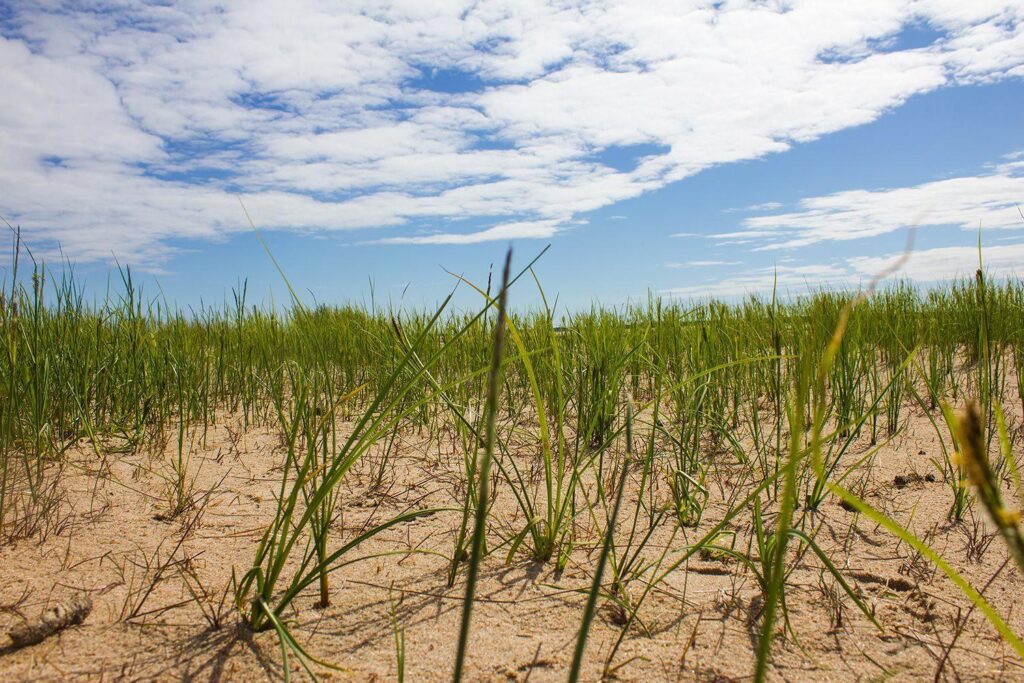
However, that does not mean you should give up! Even in the sandiest soils, you can still grow a thick, lush lawn. All you need are some gardening tools and grass that does well in sandy soils.
There are a great many grass species that have the ability to thrive in sandy soils and tolerate drought, heat, and low humidity.
When planting a lawn on sandy soil, tall fescue grass, zoysia grass, Bermuda grass, bent grass, and Bahia grass are all excellent choices.
Most of these turfgrasses develop deep and extensive root systems, allowing them to successfully absorb water and nutrients from nutrient-poor and quick-draining sandy soils. This makes them ideal for lawns that are located near beaches.
In this post, we’ll discuss how to grow a thick, green, lush lawn in sandy soils and the best grass seed for sandy soils. Read on to learn more!
Can You Get Grass To Grow In Sand?
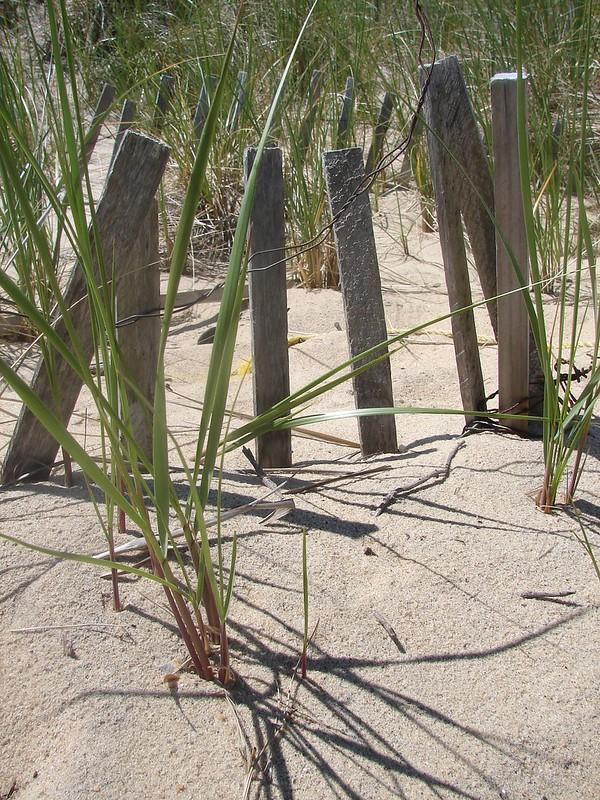
While trees and other plants can often thrive well in sandy soils, grass struggles. This is because sandy soils have a lot of loose particles that result in the formation of too many air pockets.
As a result, the soil quickly loses water and struggles to hold onto nutrients. In addition, it is challenging for the grassroots to establish a strong foundation in the loose soil. However, with some work, you can grow a lush lawn in sandy soils.
First, you will have to amend the soil by improving its texture and moisture-retaining capacity. This could be quickly done by introducing an adequate amount of peat moss, compost, or topsoil to your lawn.
Next, choose a grass that grows well in sandy soils and maintain a proper watering schedule to make up for the deficiencies of the sandy soil.
So, let’s look at a few grass species that grow best in sandy soils.
RELATED: Is Sand Good For Lawns? (and What Type of Sand for Lawns Is Best)
Best Grass Types For Sandy Soil
Finding the ideal grass is much simpler if you know the qualities that grass needs to thrive and flourish in sandy soils. However, not everyone has enough time at their disposal to explore all the varieties of grass that are out there along with their characteristics.
That is why we have compiled this handy list to help you choose the suitable grass for your sandy yard. Some of these grasses do best in warm, sunny climates, while others do best in cool or shaded environments. We hope you will find this list quite useful!
1. Tall Fescue
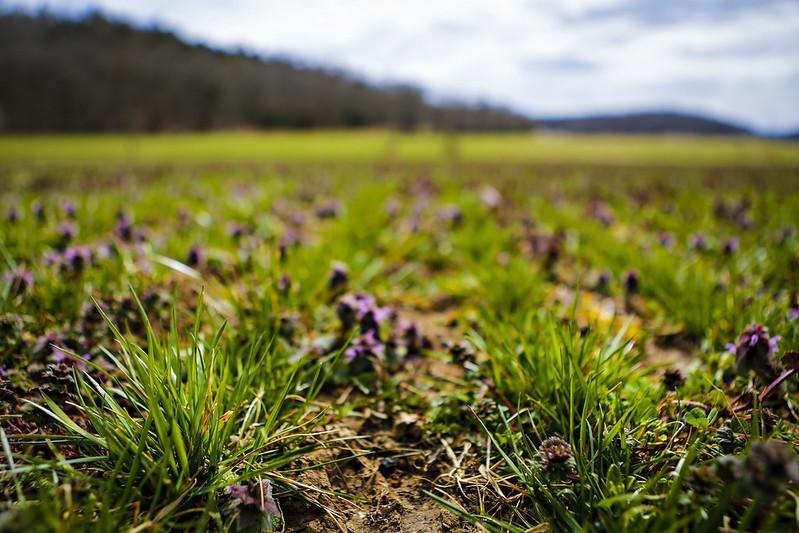
Fescues are excellent turfgrasses that can withstand cold and shade better than other sand-loving types of grass. All fescue grasses have an extensive deep root system and need little maintenance or fertilization.
Fescues favor dry environments with some shade, and some types will not grow at all in hot climates. However, many varieties of fescue grass grow well in sandy soils, each offering something different, so choose accordingly.
For instance, hard fescue does incredibly well in cold climates but fails to grow in overly hot regions. In contrast, creeping red fescue can grow in hotter climates but does not like too much sun. And then there is the tall fescue grass!
It tends to grow in clumps. So, you must be extra careful when spreading seeds in your yard to avoid bare spots. However, it is worth the extra effort as tall fescue grows incredibly well in sandy soils and is the most heat-tolerant cool-season grass.
Tall Fescue Quick Facts
| Grass Type | Perennial | Cool-season | ||
|---|---|---|---|
| Peak Growth Season | Fall & Spring | Drought Tolerance | High |
| Ideal Soil type | Well-drained | Water Requirements | About 1 inch of water every week |
| Ideal Soil pH | 5.5 to 7.0 | Cold Tolerance | High |
| Sunlight Requirements | A minimum of 4 hours per day | Ideal Mowing Height | 2 to 3 inches |
| Shade Tolerance | High | Mowing Frequency | Medium |
2. Bermuda Grass
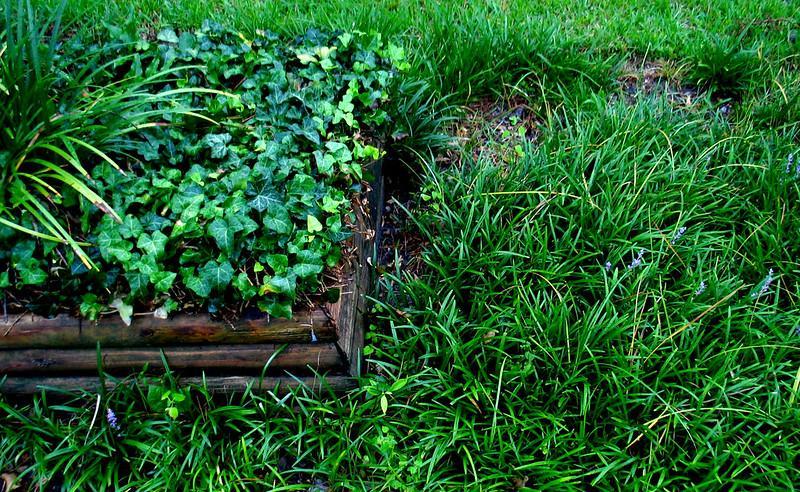
Bermuda grass differs from other warm-season grasses on this list in that its roots can reach depths of up to six feet or even more in some conditions. Because of its deep roots and excellent drought tolerance, Bermuda grass grows well on sandy soils. It thrives in regions with prolonged periods of direct sunlight and prefers well-drained soil.
It can also tolerate heavy foot traffic and recovers relatively quickly even under significant stress. Bermuda grass works best in warmer climates like those in the Southeastern United States. However, you will need to fertilize this grass more frequently than most others on this list to maintain it looking its best.
Quick Facts
| Grass Type | Perennial | Warm-season | ||
|---|---|---|---|
| Peak Growth Season | Late spring and early summer | Drought Tolerance | Most drought-resistant warm-season grass |
| Ideal Soil type | Well-drained | Water Requirements | 1 to 1.25 inches of water per week |
| Ideal Soil pH | 6 to 6.5 | Cold Tolerance | Good |
| Sunlight Requirements | At least 7 hours a day of full sunlight | Ideal Mowing Height | 1 to 2 inches |
| Shade Tolerance | Poor | Mowing Frequency | High |
3. Creeping Bentgrass
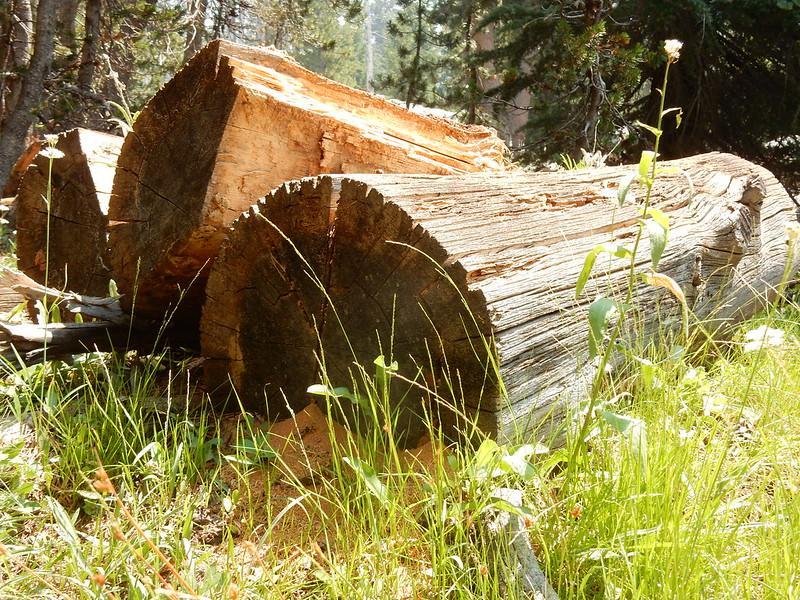
Bentgrass is a typical feature of lawns in the South, where it thrives in the well-aerated soils typical of the region. It is one of the best grasses that can be grown in areas with beaches and sandy conditions. A highly absorbent blend of sand and organic matter is all that is required to get a bentgrass lawn up and running quickly.
Creeping bentgrass is often grown in the cool & humid environments of the northeastern states. Southern heat is, however, very hard on bentgrass, and due to its high maintenance needs, it is only used on greens where it can be closely monitored and cared for.
The expertise and financial investment required to maintain this species typically rule it out as a candidate for use in residential grass turf.
Creeping Bentgrass Quick Facts
| Grass Type | Perennial | Cool-season | ||
|---|---|---|---|
| Peak Growth Season | Spring & autumn | Drought Tolerance | Low |
| Ideal Soil type | Moist & well-drained | Water Requirements | High |
| Ideal Soil pH | 6 to 6.8 | Cold Tolerance | Moderate |
| Sunlight Requirements | Favors full sun | Ideal Mowing Height | 0.5″ to 0.125″ |
| Shade Tolerance | Poor | Mowing Frequency | High |
4. Zoysia Grass
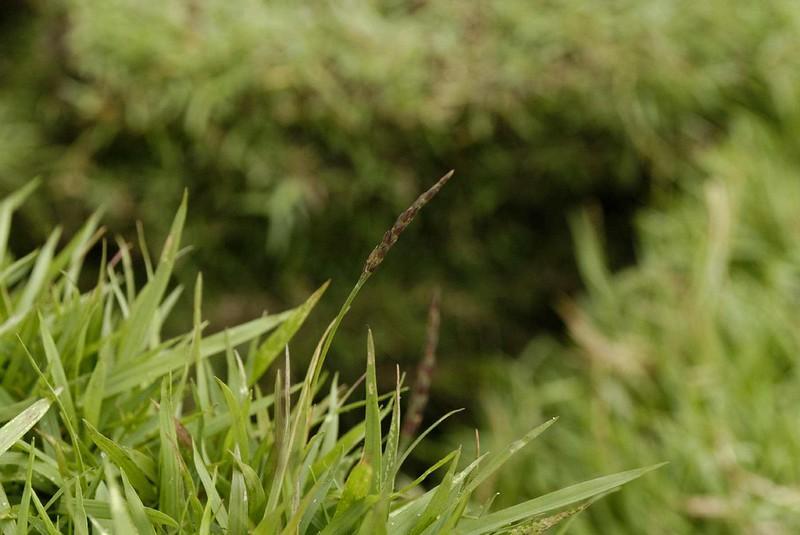
Zoysia grass is ideal for sandy soils because it can withstand high temperatures and drought conditions and has a long, robust and extensive root system. Establishing zoysia grass is somewhat challenging, but once it establishes itself, it will persist and proliferate swiftly to create a lush, dense turf that is highly resistant to foot traffic.
Zoysia grass can also thrive in poor soil conditions, and thanks to its extensive root system, it can absorb every nutrient accessible to its roots. Zoysia grass, however, enters dormancy in winters and turns golden brown before waking up again in summer.
Zoysia Grass Quick Facts
| Grass Type | Perennial | Warm-season | ||
|---|---|---|---|
| Peak Growth Season | Late spring and summer months | Drought Tolerance | Good |
| Ideal Soil type | Slightly acidic | Water Requirements | One inch of irrigation per week |
| Ideal Soil pH | 6.0 to 6.5 | Cold Tolerance | Medium |
| Sunlight Requirements | 4 hours a day of direct sunlight | Ideal Mowing Height | 1.75 to 2.5 inches |
| Shade Tolerance | Tolerates light shade | Mowing Frequency | Low |
5. Bahia Grass
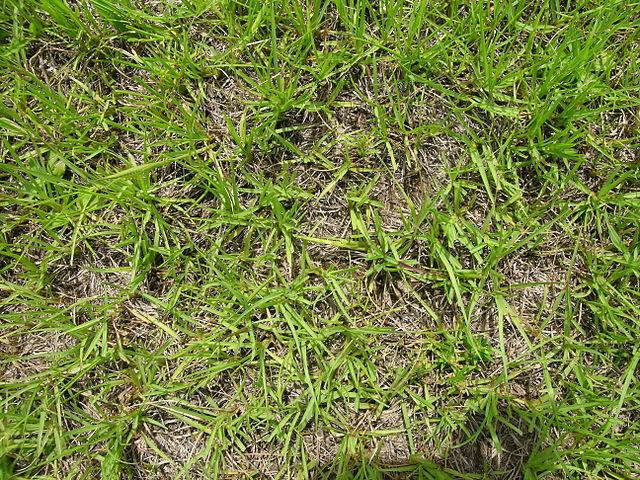
Although Bahia grass is not my first choice when it comes to establishing a lawn in sandy soils, it is nonetheless an excellent choice.
It has exceptional heat and drought resistance and is quite a low-maintenance turfgrass because it can thrive and grow well on infertile soils far better than other grasses on this list.
Due to its deep and extensive root system, it is popular in Southeast lawns with sandy soils. However, one thing to remember is that Bahia grass does not fill in very well. So, you might want to select a different grass to build a thick, carpet-like lawn on your sandy soil home lawn.
Bahia Grass Quick Facts
| Grass Type | Perennial | Warm-season | ||
|---|---|---|---|
| Peak Growth Season | Late spring through the hot summer months. | Drought Tolerance | High |
| Ideal Soil type | Sandy loam soils | Water Requirements | One inch per week |
| Ideal Soil pH | 5.0 to 5.5 | Cold Tolerance | Low |
| Sunlight Requirements | Prefers full sun | Ideal Mowing Height | 3 to 4 inches |
| Shade Tolerance | Tolerates light shade | Mowing Frequency | Low |
6. Centipede Grass
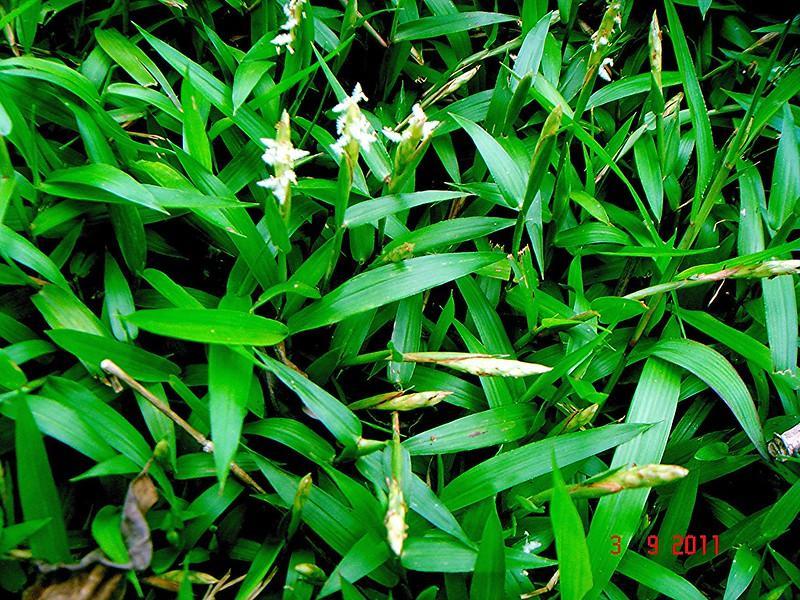
The notion that grass needs to be firmly rooted to thrive in sandy soils is disproved by centipede grass. Centipede grass has unusually shallow roots and uses above-ground stolons to spread. These stolons grow sod that is dense and carpet-like, and this allows the centipede grass to remain unaffected by the sandy soil’s fragile structure.
Centipede grass thrives in hot, muggy climates and yards that receive plenty of sunlight. However, compared to other grass types on this list, centipede grass requires more water, is less durable, and has poor tolerance to foot traffic.
Centipede Grass Quick Facts
| Grass Type | Perennial | Warm-season | ||
|---|---|---|---|
| Peak Growth Season | Spring and early summer | Drought Tolerance | Low |
| Ideal Soil type | Sandy, acid soils | Water Requirements | 1 inch of water per week |
| Ideal Soil pH | 5.5 to 6.0 | Cold Tolerance | Low |
| Sunlight Requirements | At least 6 hours of full sun per day | Ideal Mowing Height | 1 to 1.5 inches |
| Shade Tolerance | Medium | Mowing Frequency | Low |
How Do You Grow Grass In A Sandy Yard?
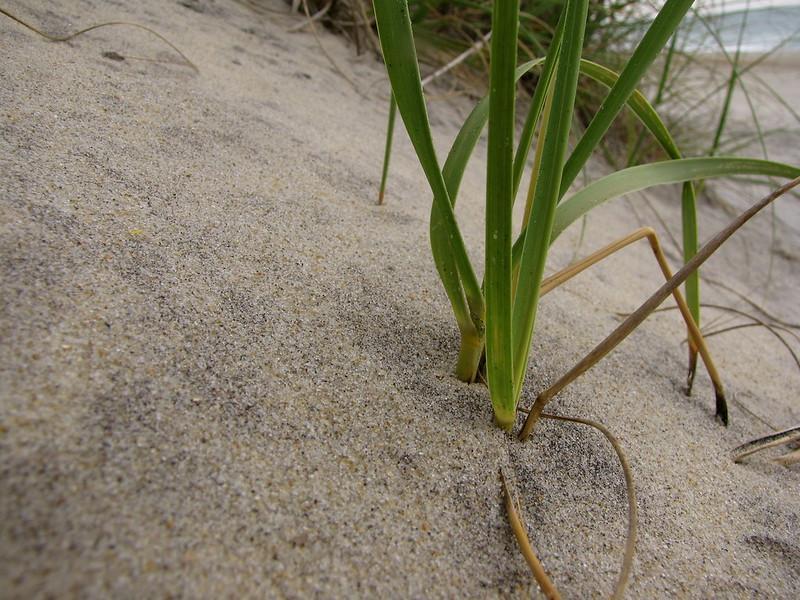
Sandy soil makes it difficult for many types of grass to grow. This is because many grass species fail to establish roots inside loose sandy soils Additionally, sandy soils drain quickly and hold much fewer nutrients.
So if you want to grow a lawn on sandy soil, you must first improve the soil’s texture and nutrients. Here is how you can do it:
- Remove any debris, sticks, and big rocks from the yard.
- To boost nutrients & water retention, till the top 4 inches of soil and mix with compost.
- Apply a quality starter fertilizer (preferably a fertilizer with a high phosphorus ratio).
- Mix the fertilizer thoroughly with the sandy topsoil.
- Apply a sand-loving seed mix as directed on the product label.
- Cover the grass seed with 1/8 inch of local soil using the back of your garden rake.
- To ensure successful germination, water the grass seed adequately every day.
RELATED: Everything You Need To Know About Sand Plants (Including Photos)
Best Grass Seed For Sandy Soil
This list of top picks was chosen primarily for grass type and features, allowing each choice to survive in sandy soil. However, the list also takes quality and overall value into account.
Pennington The Rebels Tall Fescue Grass Seed
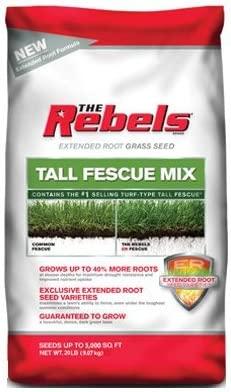
This Pennington tall fescue grass is an excellent choice for sandy soils. This tough grass seed mix develops dense, deep, and thick roots that provide the grass with exceptional resistance to drought and traffic.
DLF Premium Oregon Grown Kentucky 31 Tall Fescue
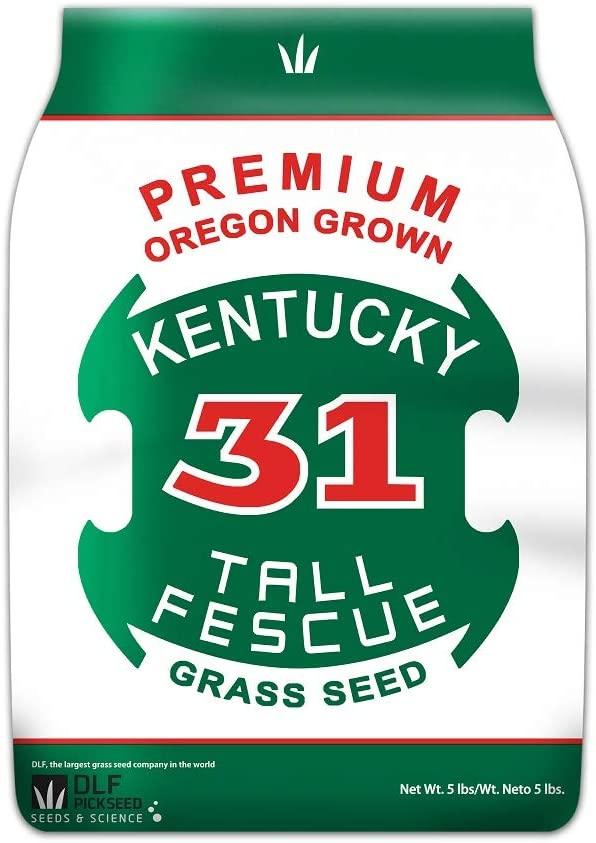
This low-cost tall fescue seed mix from DLF has coated seeds and is designed to retain and absorb maximum moisture, even in sandy soil. The seed mixture sprouts in just 7 to 14 days and has a high level of resistance to hot temperatures and drought.
Scotts EZ Seed Patch And Repair Bermudagrass
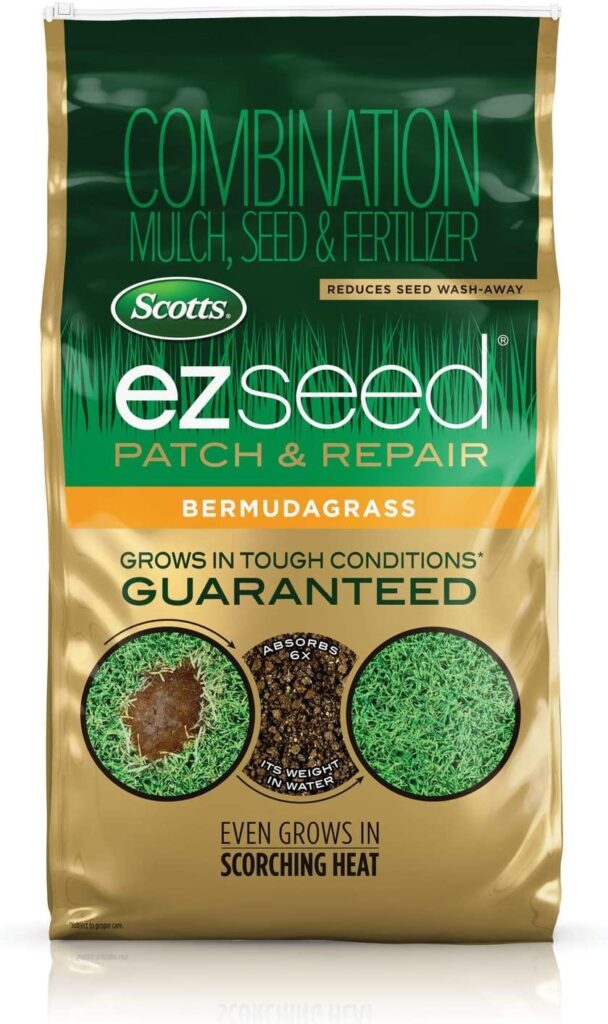
This Scotts EZ Seed Bermuda grass thrives very well in sandy soil. This seed mix can withstand extreme heat, arid soil, flat or inclined land, and high traffic. It has extensive roots, reaching depths of up to 6 feet.
Scotts Turf Builder Grass Seed Pensacola Bahia Grass

This Scotts Turf Builder is the perfect choice for the sandy soils of the Deep South, where humidity, heat, and drought are common obstacles to a healthy lawn. The 8-foot depth of the Bahia grass roots helps them develop a strong root structure that enables them to survive in nutrient-poor and quickly drained sandy soils.
Scotts Turf Builder Grass Seed Centipede Grass Seed & Mulch
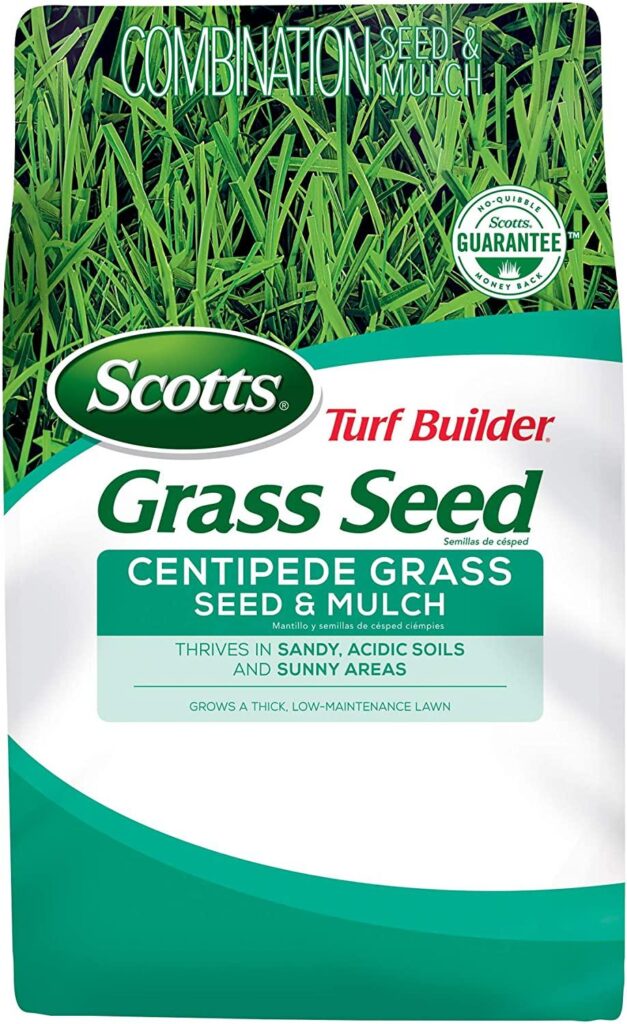
For those who want a low-maintenance yard, centipede grass is a fantastic option to grow in sandy soil. This Scotts centipede grass seed comes pre-packaged with mulch, and its roots can grow up to 4 feet long. As a result, it can thrive very well in sandy and nutrient-poor soils.
Frequently Asked Questions
Can you lay sod over sand?
Sod can be laid on sandy soil, but first, you must improve the soil’s structure and nutrient content. That is, adding organic material such as manure, compost, and peat soil to the soil. Such additions improve the soil’s capacity to retain water and its micronutrient profile.
Can You Put Topsoil Over Sand To Grow Grass?
Sand has several drawbacks, including the inability to retain moisture or fertility. Also, even if you place topsoil on top when the roots penetrate the sand, there won’t be anything to keep them there if the topsoil is placed on top. Nonetheless, it is a good thing to do!
How much compost should be added to sandy soil?
In general, growers should add 0.25 to 0.5 inches of compost if spreading it over sandy soil and 1 to 2 inches if incorporating it into the ground.
Will grass seed germinate in sandy soil?
Grass seeds should sprout well if the sandy soil is kept consistently moist. However, if you want to boost the establishment of the grass, you can add a layer of topsoil, compost, or mulch over your lawn to retain moisture and increase the nutrient content.
Sources For Further Reading
Maintaining Lawns on Sandy Soils – Purdue University Extension Service
Maintaining Sand-based, Natural Grass Athletic Fields – Oregon State University Extension Service







